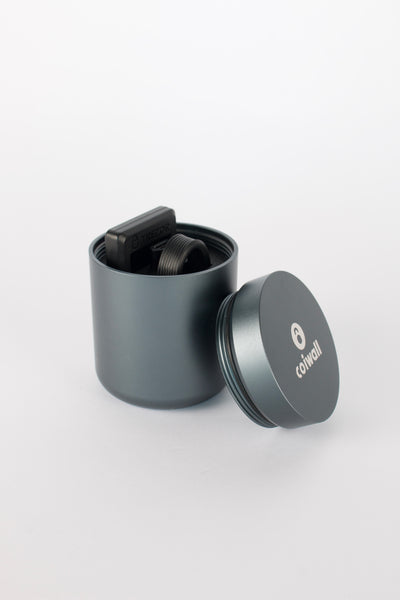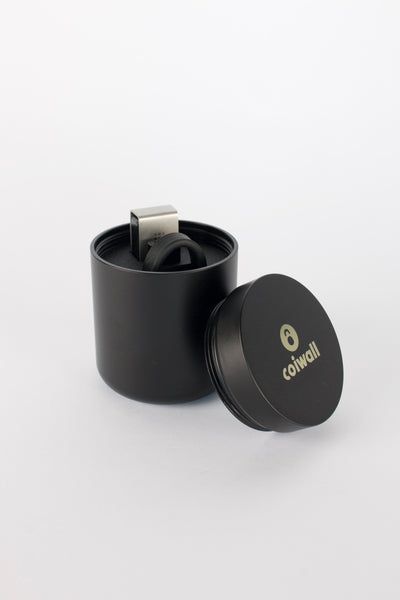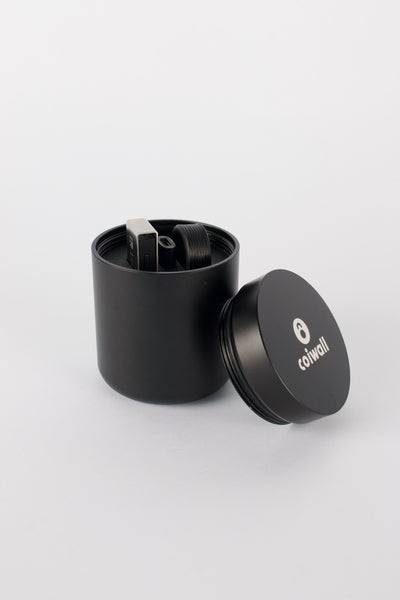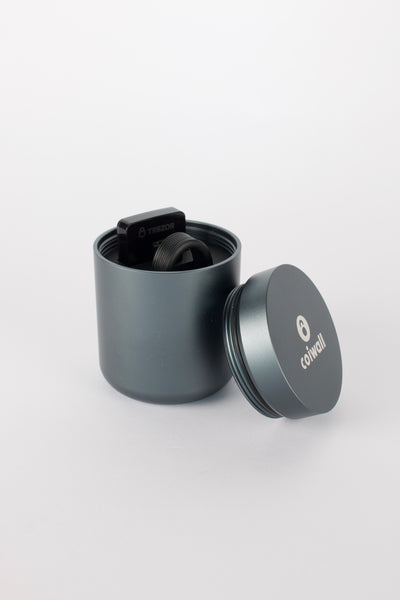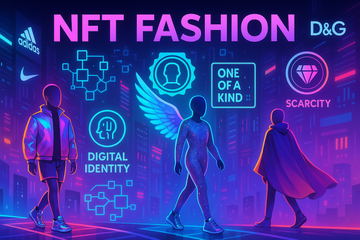Picture this: your digital self struts through a bustling, neon-soaked city in the metaverse, sporting sneakers that shimmer like liquid chrome and a jacket designed by the latest hotshot crypto fashion house. It’s not just a game—those items you’re showing off? They’re wearable NFTs, and they’re changing what it means to get dressed, forever.
What’s the Big Deal With Wearable NFTs, Anyway?
Let’s be honest, the first time most of us heard the phrase 'wearable NFT,' a few mental wires crossed. Aren’t wearables like Fitbits or smart rings? Well, not quite. Wearable NFTs are digital-only fashion items or accessories—clothes, sunglasses, sneakers, even outlandish headgear—created uniquely for avatars strutting their stuff in places like Decentraland, The Sandbox, or whatever virtual playground you prefer. Think of them as the meta cousin of your favorite real-world hoodie, but… you’re never going to spill coffee on these.
These aren’t just pretty pixels, either. Every wearable NFT is minted on the blockchain. Your avatar’s flashy gold jacket? There’s only one of its kind, and the smart contract proves it. Just like handing over a note from the bank when buying a fancy handbag—but more secure, and honestly, a bit more sci-fi.
Why Are People Actually Buying Digital Outfits?
It’s a fair question, you know? After all, nobody’s getting cold in the digital night. Here’s the thing: in virtual worlds, self-expression doesn’t stop at your username. People want to stand out, even if their bodies are 3D renders. Users will spend crypto to look just a bit different at a metaverse party—even more so if that difference is a limited-edition drop by a brand like Adidas, or a collab with an artist who just sold out in the 'real world.'
- Digital Identity: Your avatar is your passport in the metaverse—and wouldn’t you rather show up in style?
- Status Symbol: Just like a Rolex or the latest Air Jordans, rare NFT wearables are becoming digital badges of honor.
- Creativity Unleashed: You want wings and a cape? You got it. (Gravity’s got nothing on code.)
From Gucci to Gamers: Who’s Making Wearable NFTs Hot?
Big names aren’t sleeping on this trend. Fashion giants and crypto-native designers are joining forces to create pieces that, quite literally, can only exist online. Think Dolce & Gabbana experimenting with NFT couture, or Nike dipping their toes into digital sneakers you can show off in metaverse games. It’s a bit wild—some designers are even auctioning virtual dresses for thousands of dollars! Can you imagine telling your grandma about that at Sunday dinner?
Talkin’ Tech: Why Blockchain Matters Here
Now, we can’t ignore the nerdy details. Underneath all the glitz and glam, wearable NFTs ride on the same blockchain rails as crypto coins do. That means digital scarcity is real (no two NFTs are exactly alike), and ownership is public, transparent, and truly yours. Thanks to projects like Trezor and Ledger—both rockstars in the crypto security world—you can stash your prized NFT collection in a hardware wallet, keeping it safe even if the virtual world turns upside down.
Okay, But… How Do You Actually Use Wearable NFTs?
Right, it’s not just about collecting. Here’s how people bring these pixel wardrobes to life:
- Avatar Dress-Up: Open your favorite metaverse app, connect your wallet, and suit up!
- Trading and Investing: Got a flair for fashion and market timing? Sell that rare cap you scored at a virtual drop—and maybe earn some crypto in the process.
- Social Media Bragging Rights: Some wearables let you flex across platforms—think Instagram AR filters, or special integrations where your followers can see you rockin’ your new drip.
And now, some games are even building whole economies around fashion. Players compete, collect, and trade wearables just like sports cards—but way more interactive, and sometimes worth a surprising amount.
But Aren’t NFTs—You Know—A Bit… Risky?
Let’s not sugarcoat it: the NFT scene is sometimes a wild ride. Imposters, rug pulls, and questionable platforms crop up. That’s why locking your wearable NFTs in hardware wallets like Ledger or Trezor matters so much. If you’d guard your wedding ring, why not your one-of-a-kind digital hoodie?
Beyond security, the underlying tech keeps fakes at bay. Each NFT’s origin can be traced back to its creator. That, in itself, is a major upgrade over the world of knock-off sneakers or fake bags. Blockchain might sound intimidating, but it’s really just another shield—only digital, and slightly cooler.
Is This Just a Fad, or Are We All Headed for Digital Closets?
Here’s the twist: it’s not only teens and crypto hypebeasts buying in. Brands see wearable NFTs as a way to reach global audiences—without worrying about shipping or sizing. For small designers, it’s a shot to shine without billion-dollar backing. Imagine being a kid in Mumbai, and within minutes, your dress design is walking (well, floating?) on a catwalk in a metaverse city filled with people from everywhere. That’s powerful.
Plus, as more folks get comfy with VR and AR—whether for work or play—there’s a good chance our digital selves will need more than just default outfits. Real-life trends already jump into the metaverse, too. If it’s blowing up on TikTok, odds are someone’s crafting its NFT version.
Tomorrow’s Digital Dress Code
The bottom line? Wearable NFTs are more than a fleeting trend. They’re mesh points between culture, tech, and imagination. And much like the first online profile or emoji, at first they seemed odd. Now? It’s hard to picture a digital world without them.
Maybe you’re not ready to buy an NFT hat for your avatar just yet. That’s cool. But keep an eye out—because before you know it, your virtual self might just want to dress up, too. And honestly? Who could resist a wardrobe where everything truly stands out?

